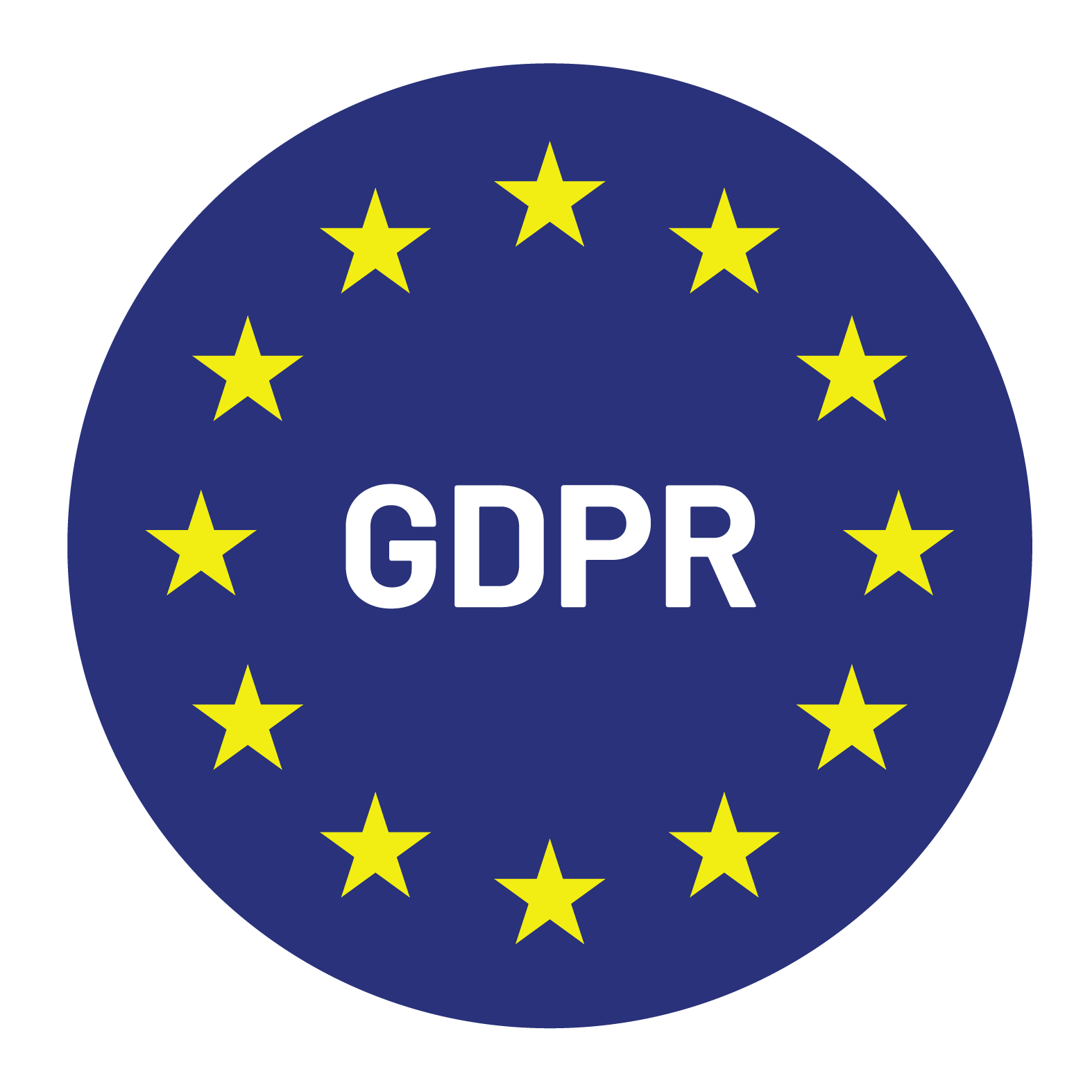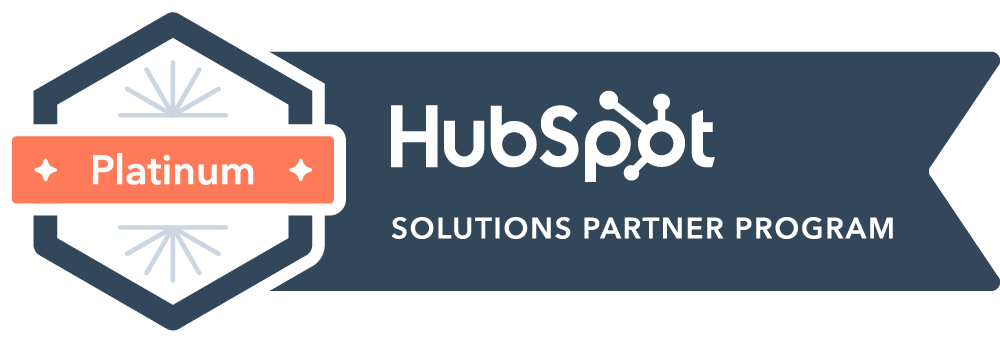

Content Writer for Whistle with multidisciplinary experience spanning over a decade.
Customer acquisition efficiency determines how fast a SaaS company grows. You can have a strong product, a talented team, and rising spend on demand generation, but if your funnel leaks, growth stalls. The real danger is not simply low lead volume. It is the silent loss of qualified prospects who fall through cracks at different stages of the funnel.
Research from Insight Partners finds that many SaaS companies experience falling conversion rates (especially MQL-to-closed-won) even as their marketing budgets grow.
The goal is to help you strengthen your SaaS customer acquisition strategy by addressing the points where potential revenue disappears.
A funnel leak occurs when potential customers enter your funnel but exit prematurely, often without a clear explanation. Unlike natural attrition, where some prospects simply will not convert by design, leaks point to avoidable friction or misalignment in your process.
SaaS companies are particularly vulnerable because of long sales cycles, complex buying committees, and the common freemium-to-paid path. Each additional touchpoint introduces opportunities for prospects to lose interest or disengage.
Addressing leaks is about identifying those friction points, preventing avoidable drop-offs, and ensuring your funnel works as an efficient system from first touch to revenue.
The top of the funnel is where awareness and initial interest are generated. Leaks here often come from poor targeting or weak messaging. Some of the most common issues include:
To correct these issues, SaaS companies must revisit the fundamentals. Refining ICPs and personas ensures campaigns target prospects who are genuinely aligned with the product. High-return channels such as SEO, LinkedIn, and strategic content partnerships should be prioritized over paid experiments that do not deliver.
Trust-building elements like customer reviews and case studies help validate interest at this early stage. Finally, landing pages need constant testing to ensure clarity of message and strong calls to action. TOFU is about setting the right tone, so prospects who enter the funnel are those with real potential.
At the middle stage, prospects have shown intent but often slip away due to friction or lack of nurturing. Causes include:
Reducing friction is the first step. Shorter forms, streamlined onboarding, and fast responses to demo requests reduce drop-off. Lead scoring helps prioritize which prospects require faster outreach, while tailored nurture sequences across email, in-app, and remarketing keep engagement high.
For sales development representatives, training on value-led outreach is essential. Prospects at this stage want clarity and confidence, not generic pitches. By ensuring the MOFU experience feels smooth and personalized, SaaS companies retain momentum instead of losing qualified interest.
The bottom of the funnel should be the point where prospects see value and commit, but this stage is where many SaaS companies lose revenue opportunities. Common BOFU issues include:
Effective onboarding makes or breaks trial-to-paid conversions. Interactive checklists, in-app prompts, and dedicated support resources reduce frustration. Case studies demonstrating measurable success reassure prospects that the value is proven, not theoretical.
Transparent pricing, including A/B testing different structures, helps reduce confusion. Companies should also audit their sales process to ensure promises align with real product capabilities, preventing disappointment that causes churn before conversion.
Fixing leaks starts with identifying them precisely. A few proven methods include:
The data is rarely ambiguous. When a stage shows consistent and significant drop-off, that is where optimization should begin.
Funnel leaks carry direct and indirect costs. On the financial side, they inflate customer acquisition cost (CAC) and extend the payback period. Operationally, they waste sales development resources and create inefficiencies across marketing and sales. Strategically, they slow growth and give competitors an opening to capture market share.
Ignoring leaks is not a neutral choice. It is an expensive one that compounds over time.
The most effective SaaS customer acquisition strategies treat funnel optimization as an ongoing process, not a one-time project. A few principles stand out:
SaaS funnels will always lose some prospects. The goal is not perfection but efficiency. Reducing unnecessary friction compounds revenue growth over time.
Many SaaS companies recognize the leaks but lack the bandwidth or expertise to address them internally. This is where external partners play a role.
Whistle specializes in SaaS lead generation and appointment setting, providing the support companies need to follow up quickly and qualify effectively. By offering SDR outsourcing, Whistle helps SaaS teams close MOFU leaks where interest often fades without strong outreach. As a HubSpot Platinum Partner, Whistle also supports RevOps initiatives, ensuring the funnel is not just patched but structurally sound.
To date, Whistle has supported more than 300 SaaS startups, generating over $100 million in pipeline opportunities. The focus is simple: identify where growth is being lost and rebuild those stages with systems that scale.
Funnel leaks may be invisible at first, but their impact on SaaS growth is substantial. At the top, wrong targeting and weak messaging waste acquisition spend. In the middle, friction and slow responses cause promising prospects to slip away. At the bottom, poor onboarding or unclear value kills trial conversions.
Addressing these leaks requires clear analysis, structured fixes, and a commitment to continuous improvement. For SaaS leaders, this is not optional work. It is the difference between sustained growth and stalled momentum.
Whistle partners with SaaS companies to strengthen customer acquisition funnels through proven demand generation, SDR expertise, and operational alignment. If you are serious about reducing funnel leaks and improving SaaS lead conversion, explore how Whistle’s experience can help you build a system designed for growth.


© Copyright – Whistle 2023